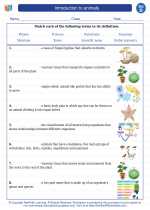Backbone
The backbone, also known as the vertebral column or spine, is the central structure in the human body that provides support and protection for the spinal cord. It is composed of a series of individual bones called vertebrae, which are stacked on top of each other. The backbone serves several important functions, including providing structural support, protecting the spinal cord, and allowing for movement and flexibility.
Structure of the Backbone
The backbone is made up of 33 individual vertebrae, which are divided into five regions:
- Cervical vertebrae (7 vertebrae) - located in the neck region
- Thoracic vertebrae (12 vertebrae) - located in the upper and mid back region
- Lumbar vertebrae (5 vertebrae) - located in the lower back region
- Sacral vertebrae (5 fused vertebrae) - located in the pelvis region
- Coccygeal vertebrae (4 fused vertebrae) - located at the base of the spine
Between each vertebra are intervertebral discs, which act as shock absorbers and allow for flexibility and movement in the spine.
Functions of the Backbone
The backbone serves several important functions in the human body, including:
- Support: The backbone provides the main support structure for the body, allowing us to stand upright and bear weight.
- Protection: The backbone protects the delicate spinal cord, which is the main pathway for transmitting signals between the brain and the rest of the body.
- Movement: The backbone allows for a wide range of movement and flexibility, enabling us to bend, twist, and move in various ways.
- Attachment: The backbone serves as a point of attachment for muscles, ligaments, and tendons, allowing for movement and stability.
Common Backbone Conditions
There are several common conditions and issues that can affect the backbone, including:
- Scoliosis: Abnormal curvature of the spine, which can cause pain and difficulty with movement.
- Herniated Disc: When the soft inner material of an intervertebral disc pushes out through the outer layer, often causing pain and nerve compression.
- Spinal Stenosis: Narrowing of the spinal canal, which can put pressure on the spinal cord and nerves, leading to pain and weakness.
- Fractures: Breaks or cracks in the vertebrae, often caused by trauma or osteoporosis.
Study Guide
Here are some key points to remember when studying the topic of the backbone:
- Identify the five regions of the vertebral column and the number of vertebrae in each region.
- Understand the functions of the backbone, including support, protection, movement, and attachment.
- Be able to describe the structure of a typical vertebra and the role of intervertebral discs.
- Recognize common conditions and issues that can affect the backbone, and understand their effects on the body.
- Consider the importance of maintaining a healthy spine through proper posture, exercise, and regular check-ups with a healthcare professional.
By understanding the structure, functions, and common issues related to the backbone, you can gain a deeper appreciation for this crucial part of the human body and learn how to care for it effectively.
[Backbone] Related Worksheets and Study Guides:
.◂Science Worksheets and Study Guides Fourth Grade. Introduction to animals

 Worksheet/Answer key
Worksheet/Answer key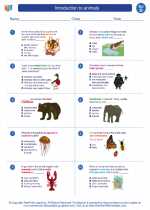
 Worksheet/Answer key
Worksheet/Answer key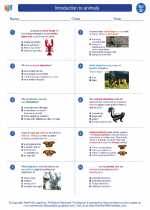
 Worksheet/Answer key
Worksheet/Answer key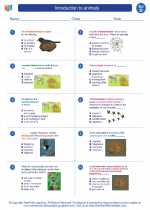
 Vocabulary/Answer key
Vocabulary/Answer key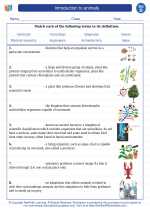
 Vocabulary/Answer key
Vocabulary/Answer key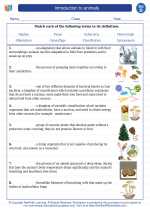
 Vocabulary/Answer key
Vocabulary/Answer key
 Vocabulary/Answer key
Vocabulary/Answer key